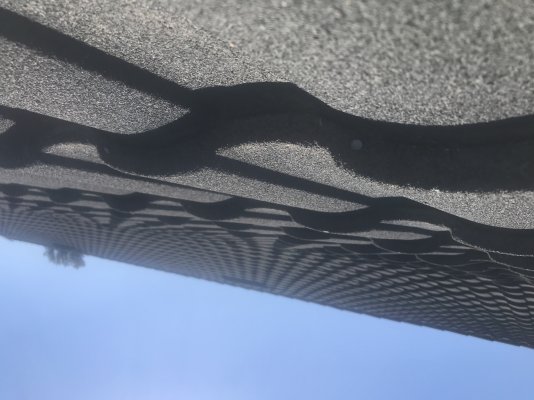steelyman
Moderator Emeritus
My home was reroofed in late 2020, as were a lot in the area. The problem was that the original 2007 shingles (I think Horizon?) were organic. The replacement is 30-yr architectural laminate. It was done under the former homeowner before closing.
Still, I intend to buy a drone (inspired by threads here) to keep an eye on it.
Still, I intend to buy a drone (inspired by threads here) to keep an eye on it.


 I have a 15 year old asphalt shingle roof now and it is beginning to show it's age. Anyone know of a good on-line "roofing" calculator to help me estimate pricing before I go out for bids? I haven't had to deal with roofing costs in over 30 yrs so I don't have a clue, especially with building material inflation these days. I'll probably have it professionally done since my days of climbing and crawling around "that much" on roofs are gone.
I have a 15 year old asphalt shingle roof now and it is beginning to show it's age. Anyone know of a good on-line "roofing" calculator to help me estimate pricing before I go out for bids? I haven't had to deal with roofing costs in over 30 yrs so I don't have a clue, especially with building material inflation these days. I'll probably have it professionally done since my days of climbing and crawling around "that much" on roofs are gone.